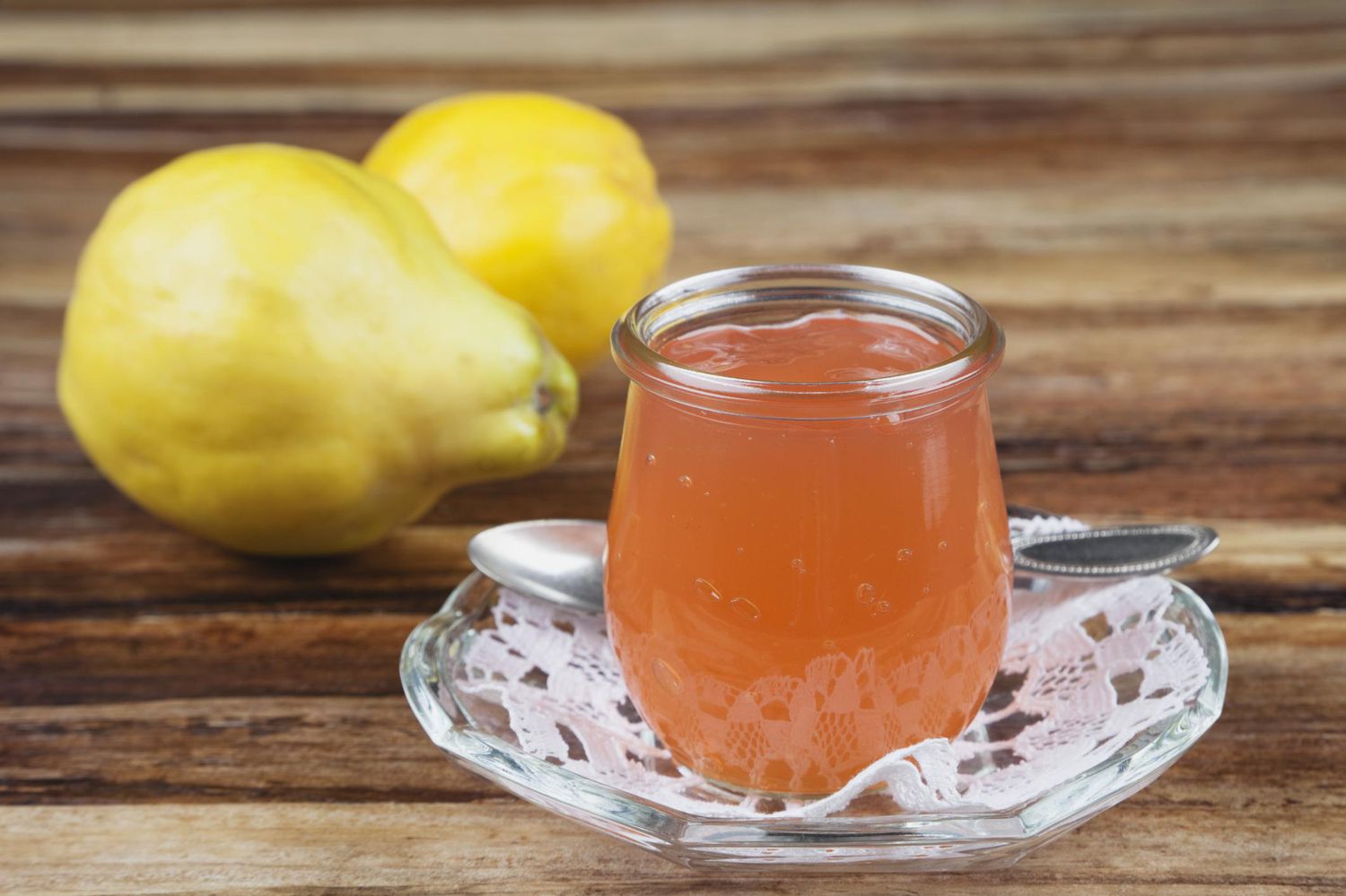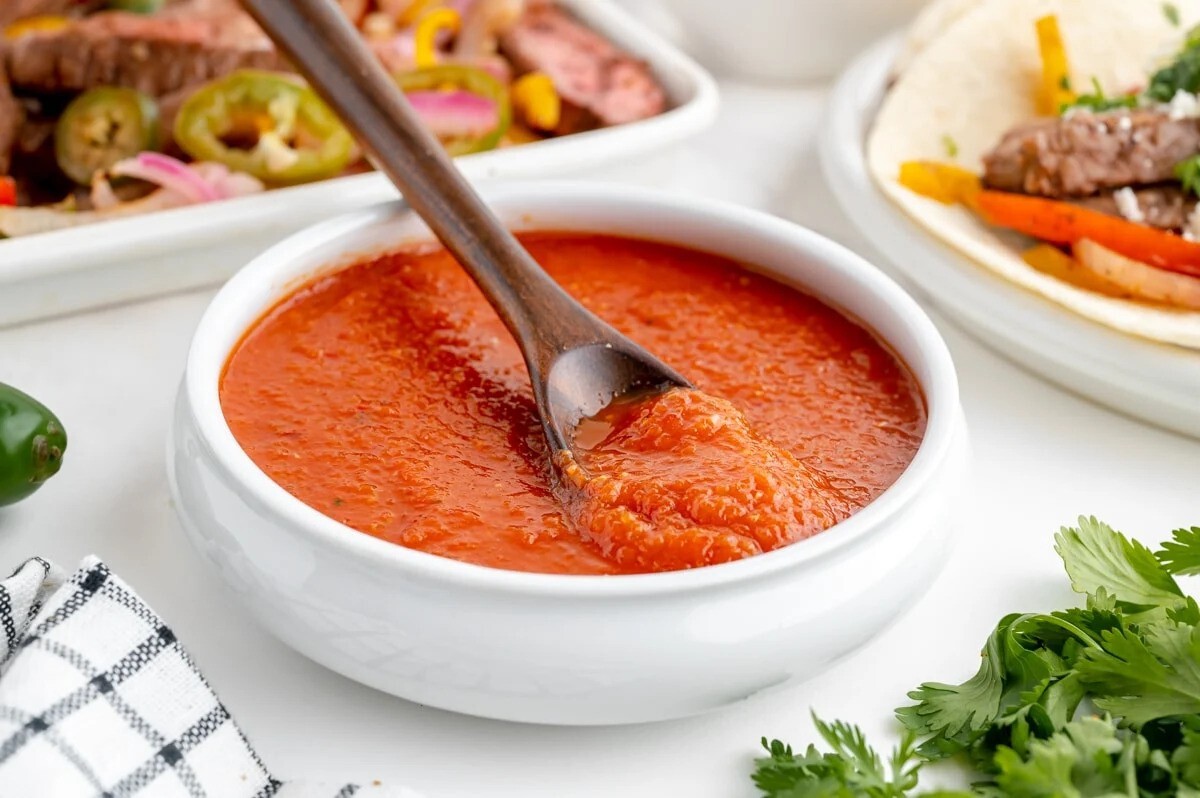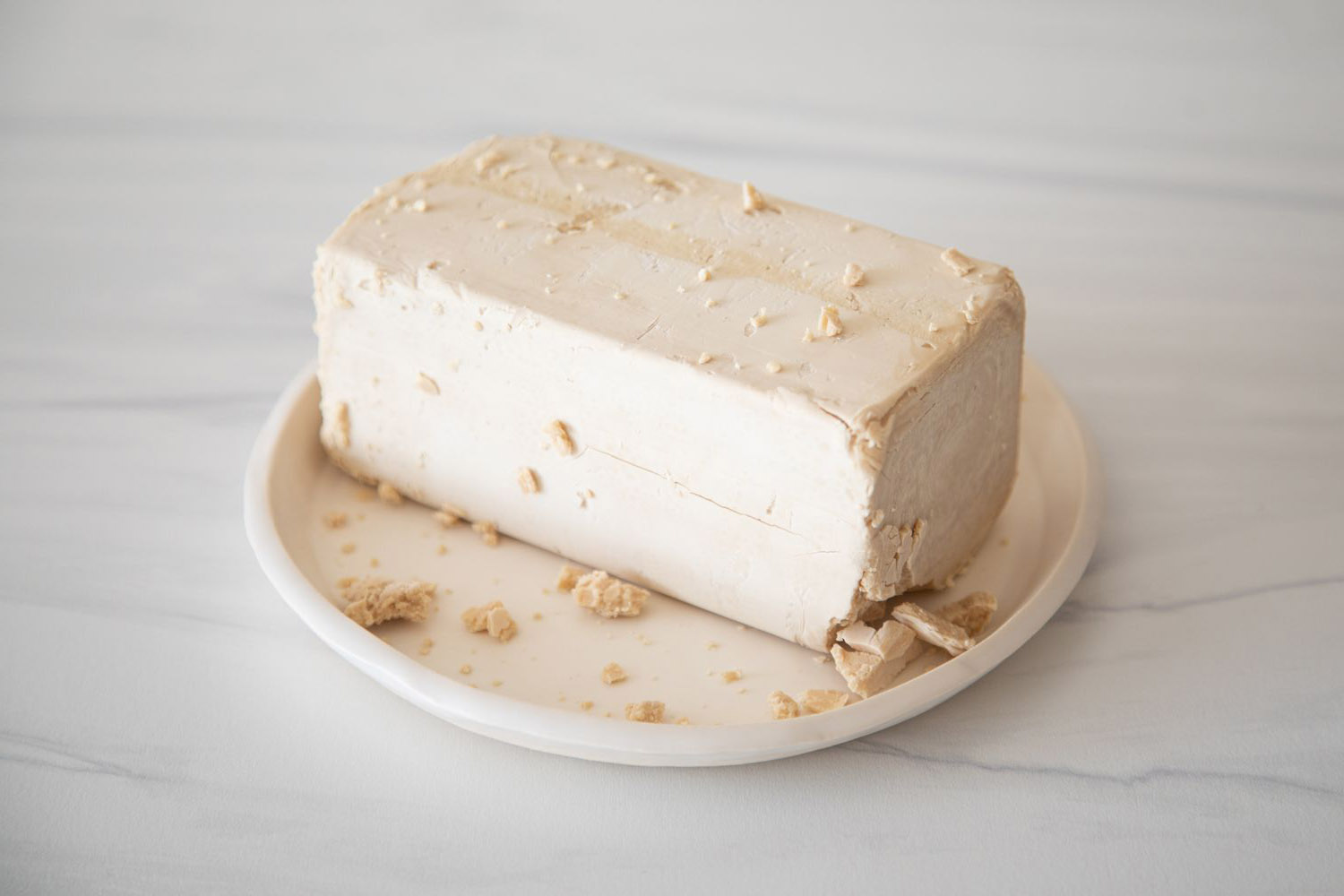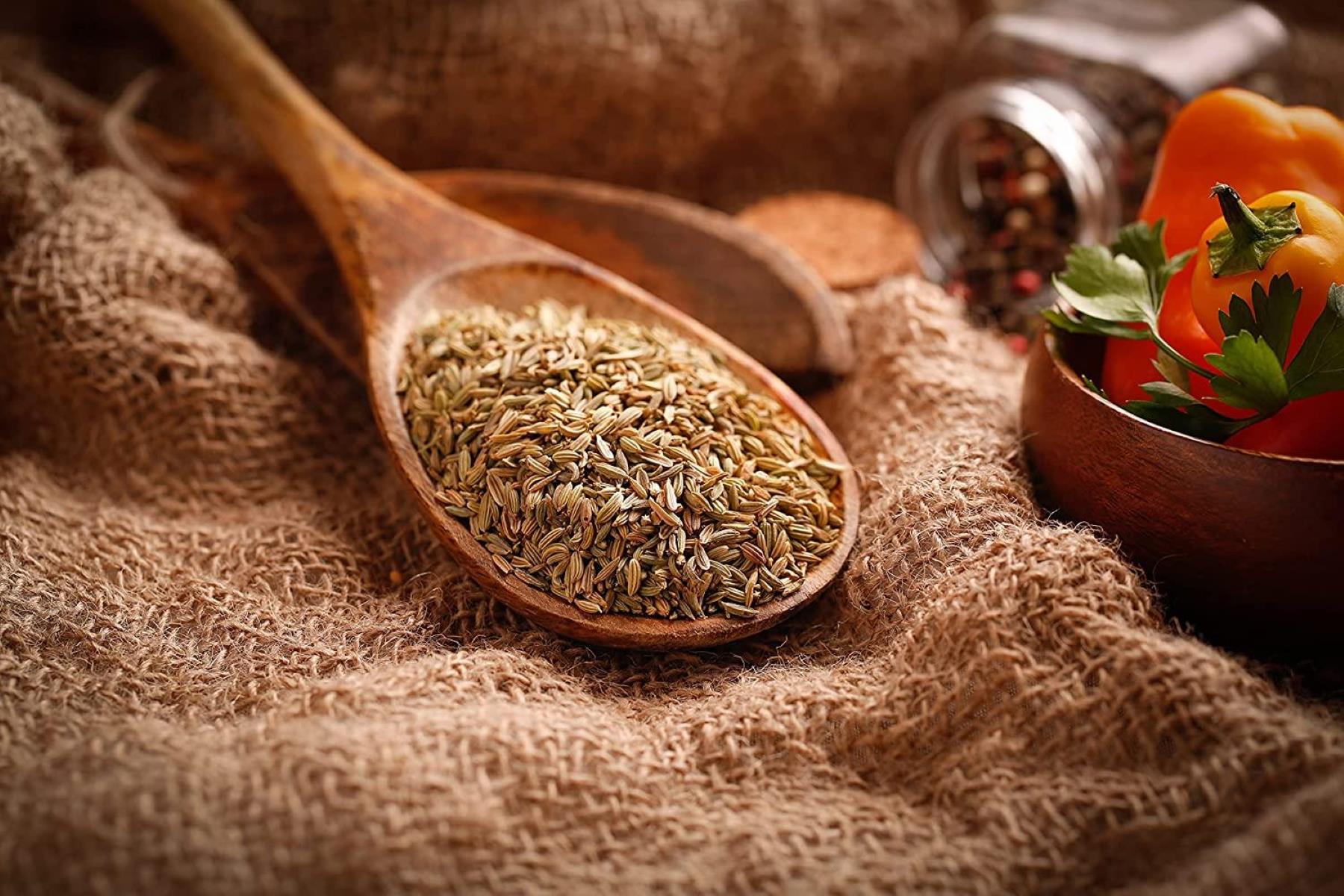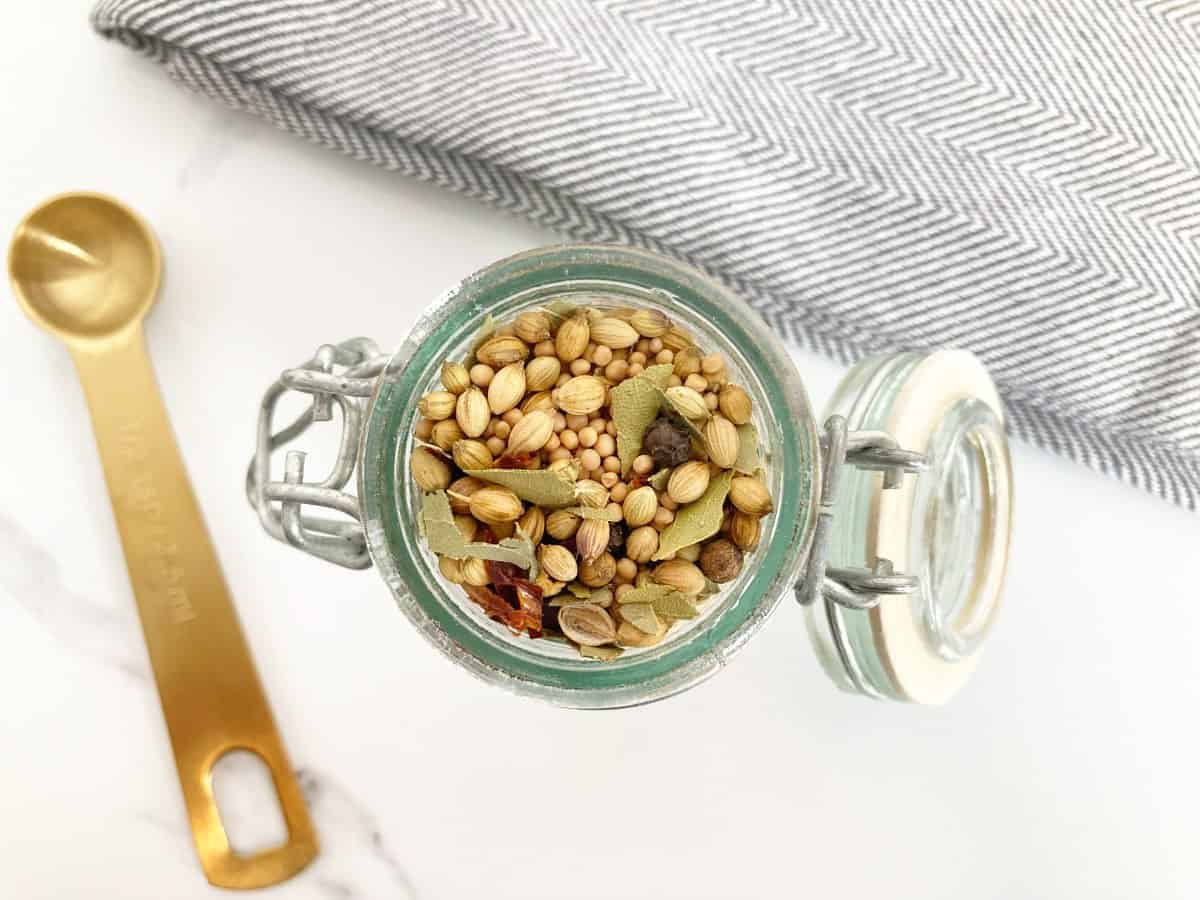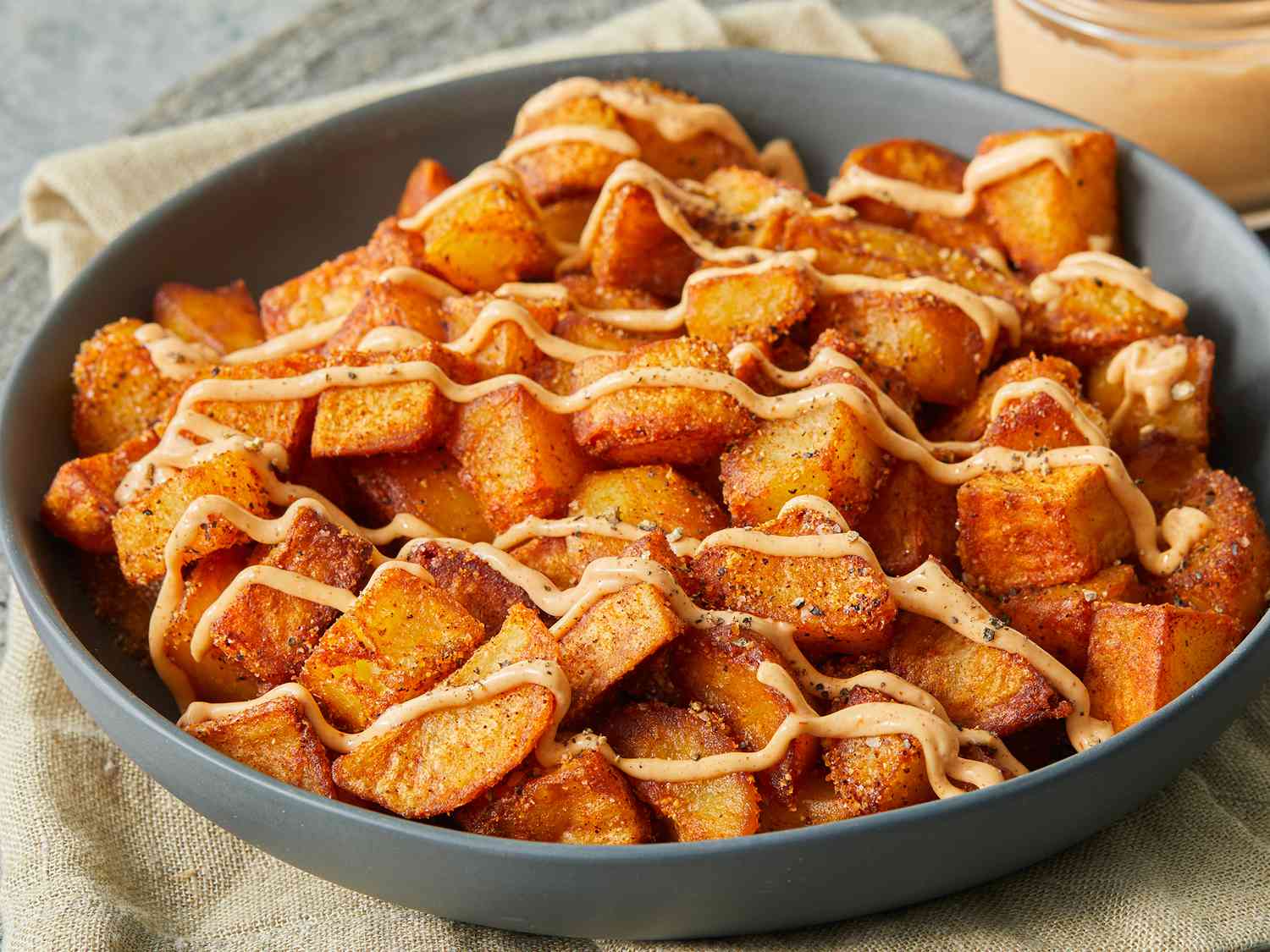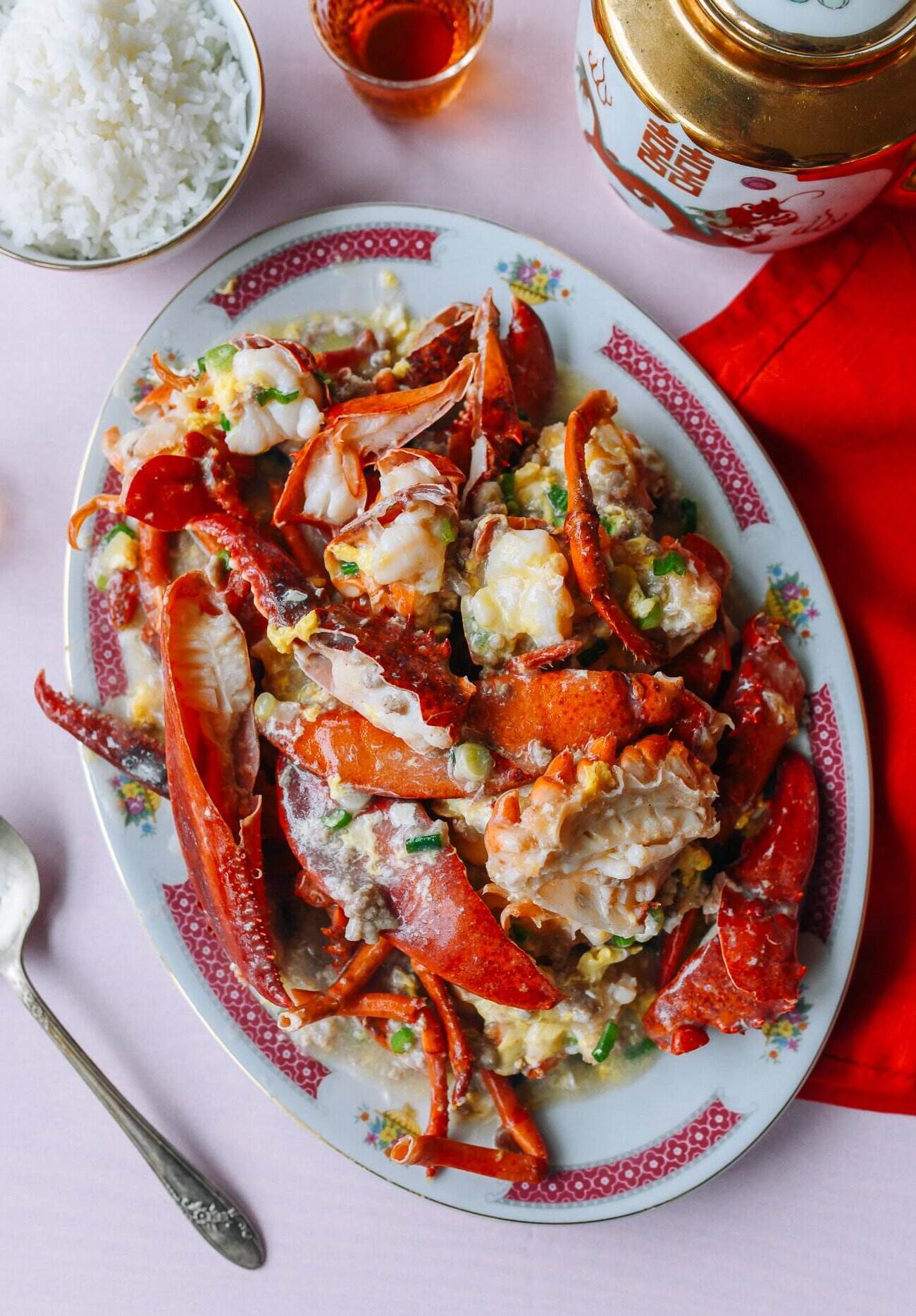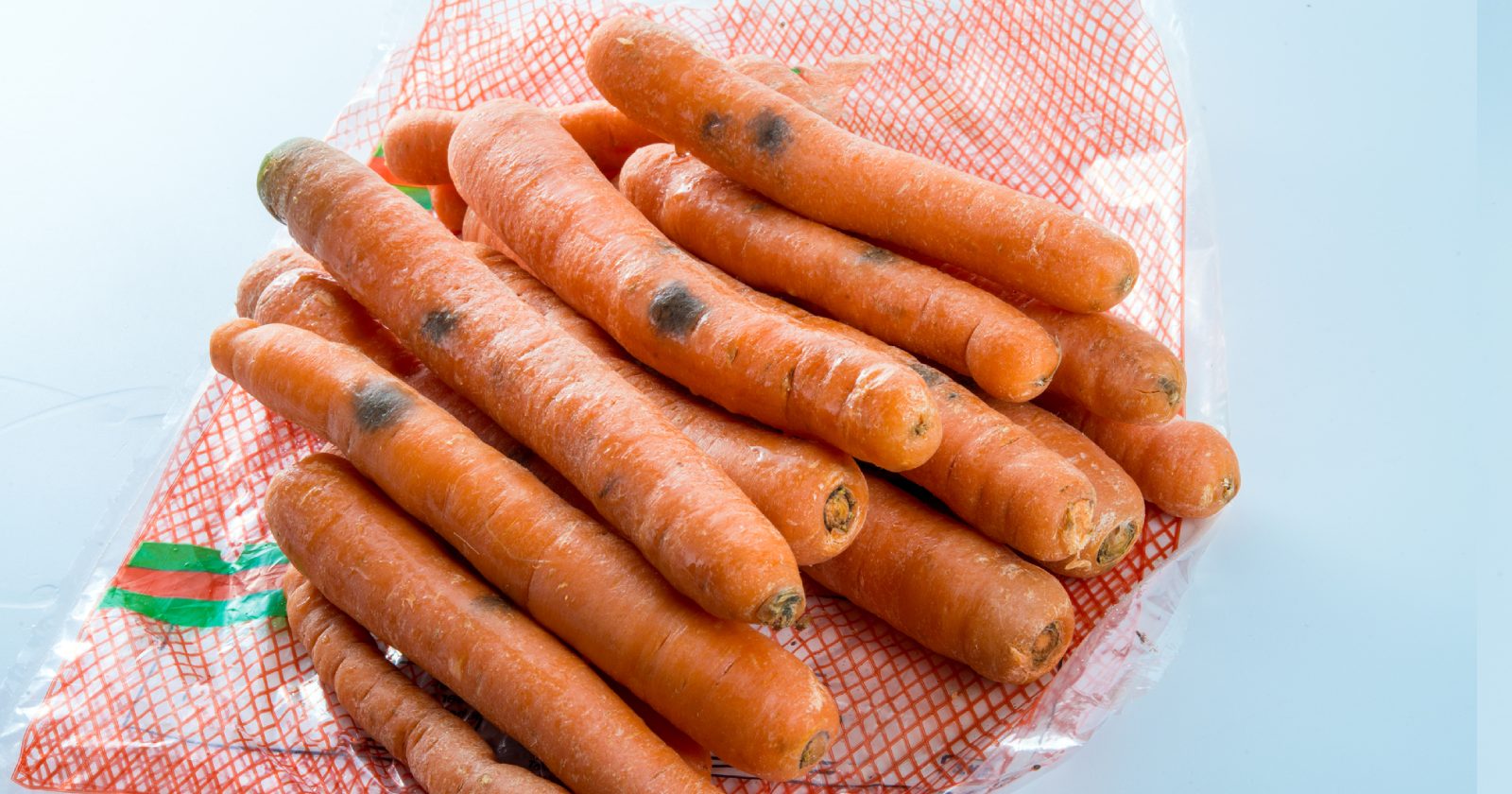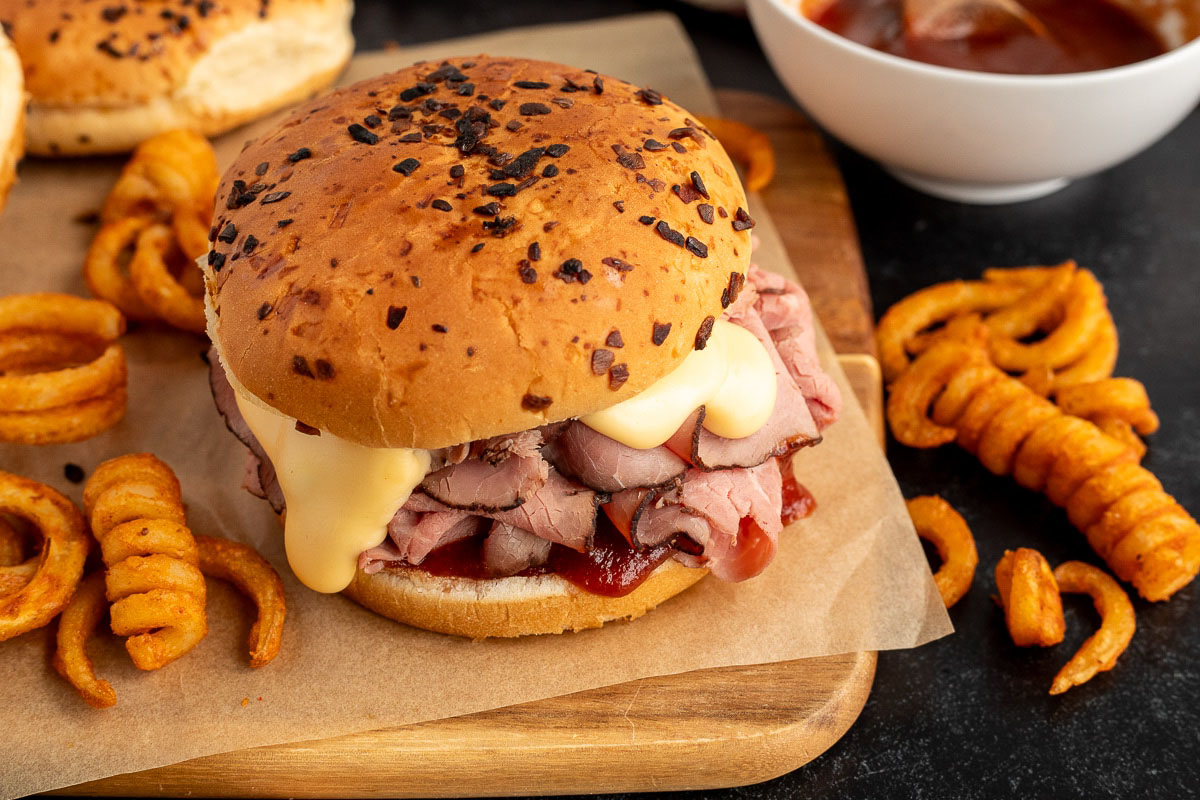Discovering the Delightful World of Kibbeh
Are you a fan of Middle Eastern cuisine? If so, you may have come across a dish called Kibbeh. This traditional dish is a staple in many Middle Eastern countries and is loved for its delicious flavors and unique preparation. In this article, we’ll explore the world of Kibbeh and uncover what makes it so special.
What is Kibbeh?
Kibbeh is a popular dish that hails from the Middle East. It is made from a mixture of ground meat, bulgur wheat, and a blend of aromatic spices. The mixture is often shaped into balls, patties, or loaves, and can be cooked in various ways, including frying, baking, or grilling.
Types of Kibbeh
There are several different variations of Kibbeh, each with its own unique preparation method and flavor profile. Some of the most common types include:
- Raw Kibbeh: This type of Kibbeh is made with raw meat that is finely ground and mixed with bulgur and spices. It is often served with pita bread and fresh vegetables.
- Baked Kibbeh: In this variation, the Kibbeh mixture is shaped into a large loaf and baked until golden and crispy on the outside.
- Fried Kibbeh: Kibbeh can also be formed into small balls or patties and fried until crispy. This method results in a delightful combination of textures, with a crunchy exterior and a tender, flavorful interior.
Flavor Profile
Kibbeh is known for its rich and savory flavor profile. The combination of spices such as cumin, cinnamon, and allspice gives it a warm and aromatic taste, while the addition of fresh herbs like mint and parsley adds a refreshing and vibrant element to the dish.
How to Enjoy Kibbeh
There are countless ways to enjoy Kibbeh. It can be served as a main dish alongside a fresh salad and creamy yogurt sauce, or enjoyed as a flavorful appetizer or snack. Kibbeh pairs beautifully with traditional Middle Eastern sides such as hummus, tabbouleh, and pickled vegetables.
Conclusion
Whether you’re a seasoned fan of Middle Eastern cuisine or new to the world of Kibbeh, there’s no denying the appeal of this flavorful and versatile dish. With its rich history and delicious taste, Kibbeh is a true culinary delight that is beloved by food enthusiasts around the world.
Next time you’re looking to expand your culinary horizons, consider trying your hand at making Kibbeh. With its simple yet satisfying flavors, it’s sure to become a favorite in your recipe repertoire.
Was this page helpful?
Read Next: What Is A Croqueta Cubana
